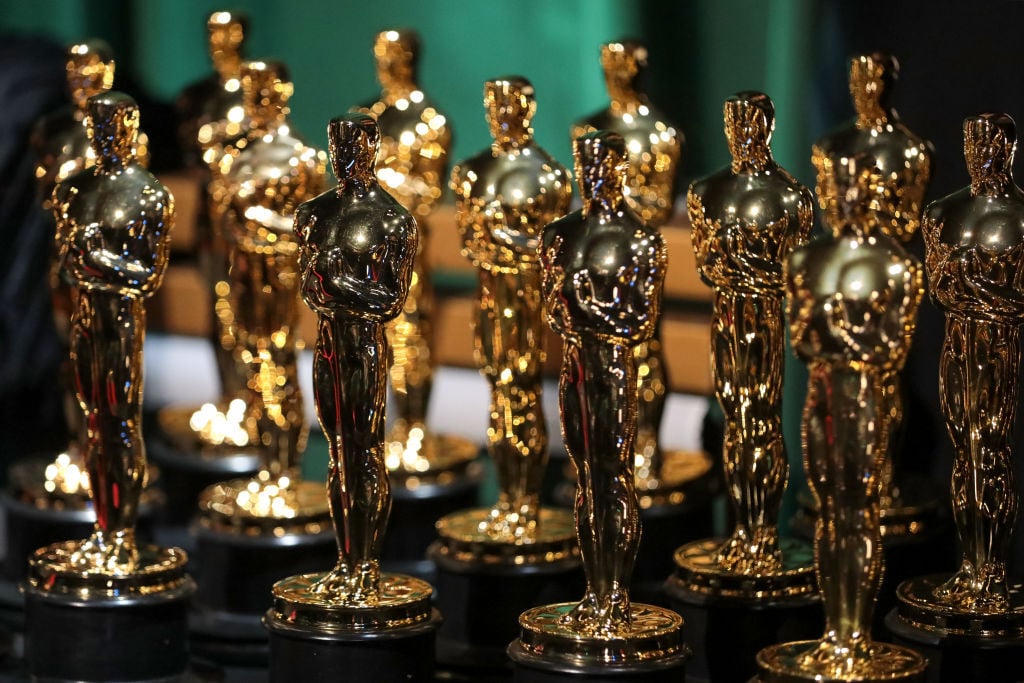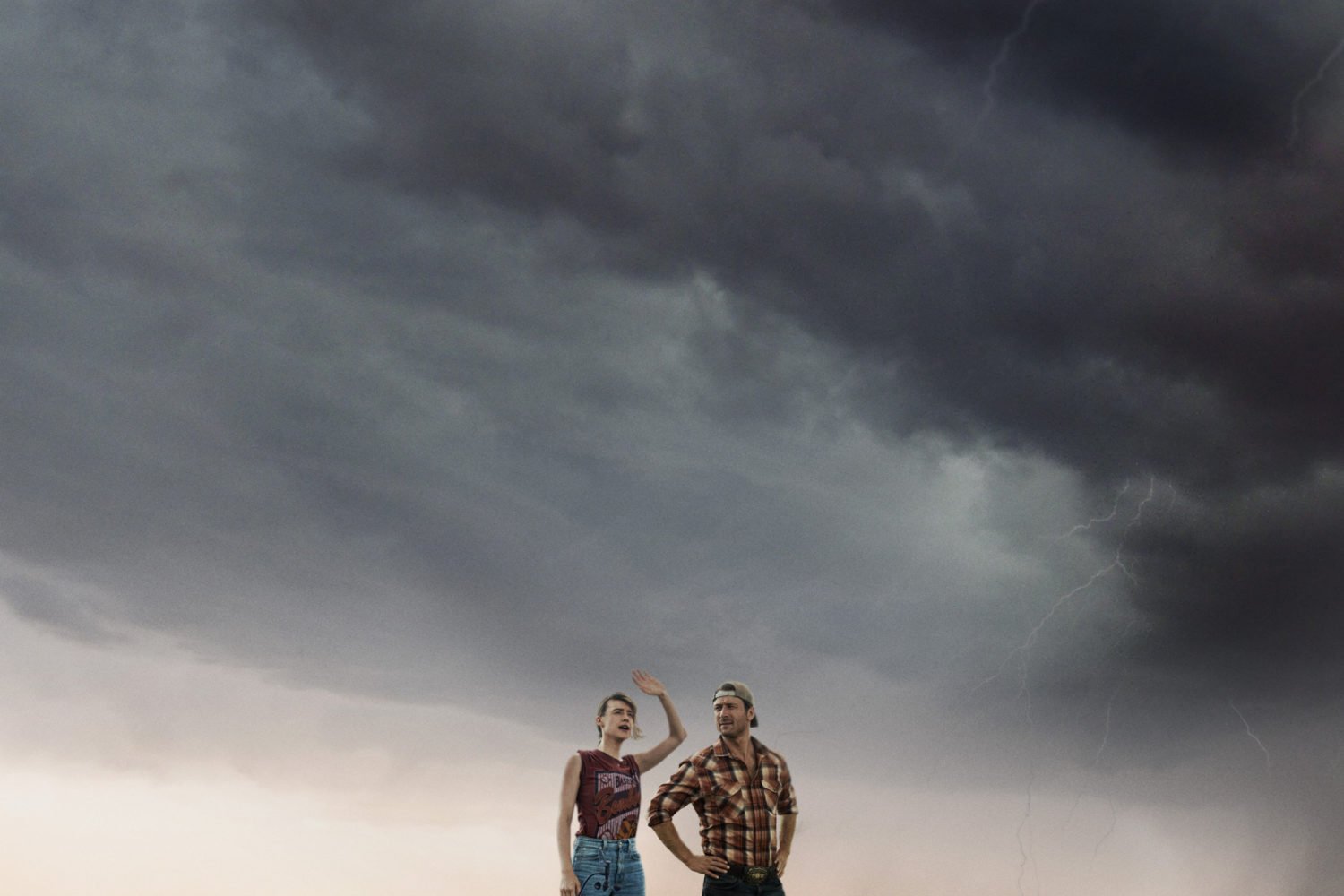It’s been 50 years since the Motion Picture Association of America (MPAA)’s movie-rating system was cooked up in an office building near the White House. Here’s a look back at some key moments.
1968
A Better System
MPAA president Jack Valenti announces the first iteration of voluntary guidelines to replace the mandatory censorship rules known as the Hays Code. Movies can now be submitted for a rating: G, M, R, or X.
1971
Sweetback Pushback
Director Melvin Van Peebles raises a fuss after Sweet Sweetback’s Baadasssss Song gets an X. He turns the brouhaha into part of the marketing campaign.
1972
PG Is Born
M, for “mature,” proves to be confusing: Can kids see these movies or not? The MPAA changes it to GP: “all ages admitted, parental guidance suggested.” But because that isn’t much clearer, it soon becomes PG, for “parental guidance.”
1984
Indiana Jones Whips Up Change
After backlash from parents over some disturbing scenes in The Temple of Doom, Steven Spielberg helps convince the MPAA to create PG-13—first used for Red Dawn.
1990
X Gets the Axe
The infamous adults-only rating, which had become synonymous with porn, is changed to NC-17 in an attempt to destigmatize worthy films with mature content.
2006
This System Is Not Yet Perfect
A documentary called This Film Is Not Yet Rated alleges hypocrisy and unfairness. After the movie’s own battle with the MPAA—it was slapped with an NC-17—it’s released without a rating.
2010
Too Blue?
After Blue Valentine receives an NC-17 for graphic sex scenes, studio chief Harvey Weinstein hires attorney David Boies to appeal. It ends up with an R—and an Oscar nomination.
This article appears in the December 2018 issue of Washingtonian.



















